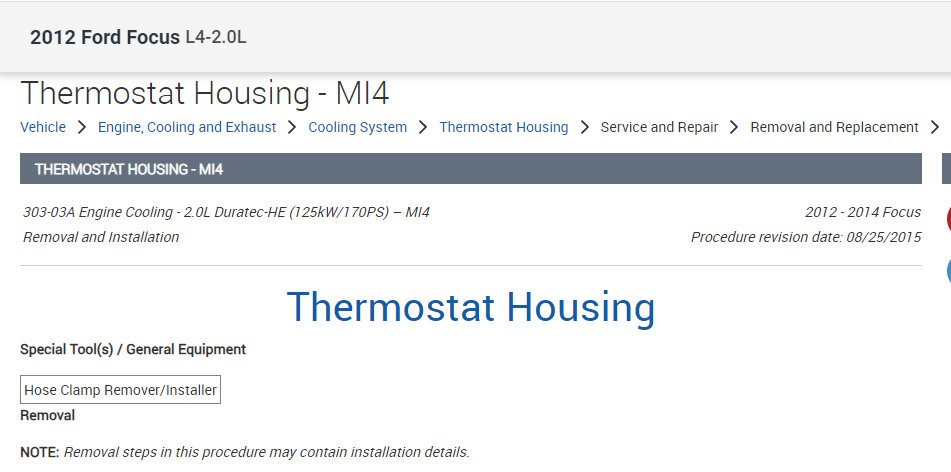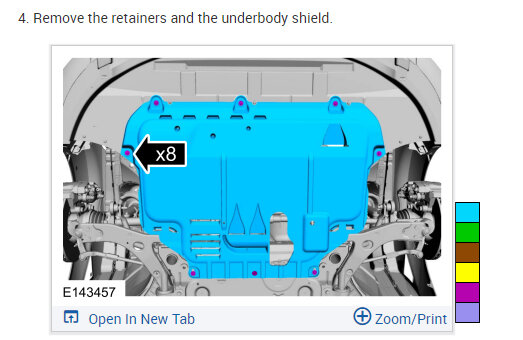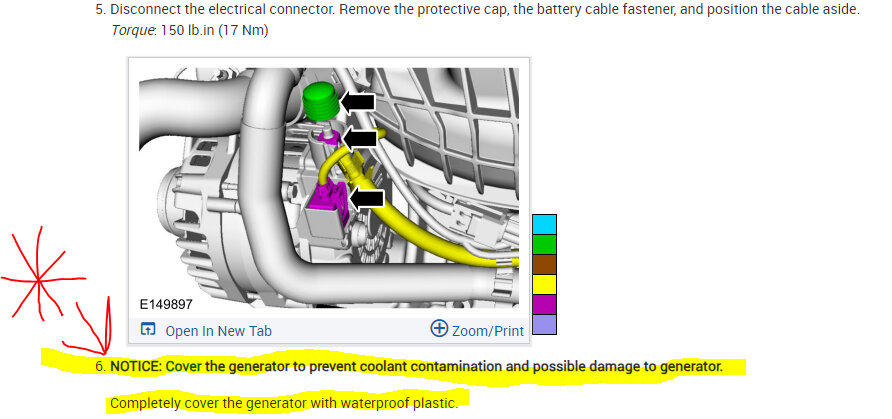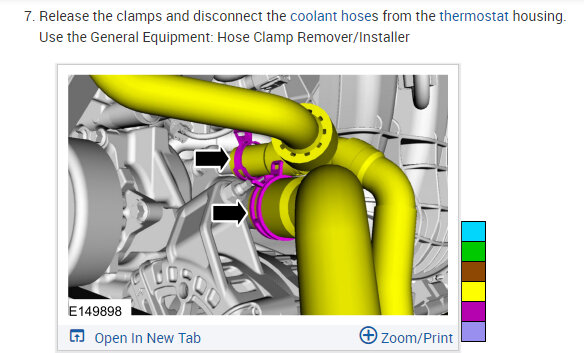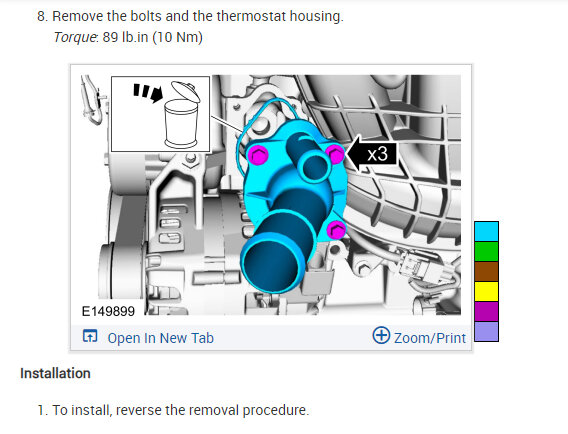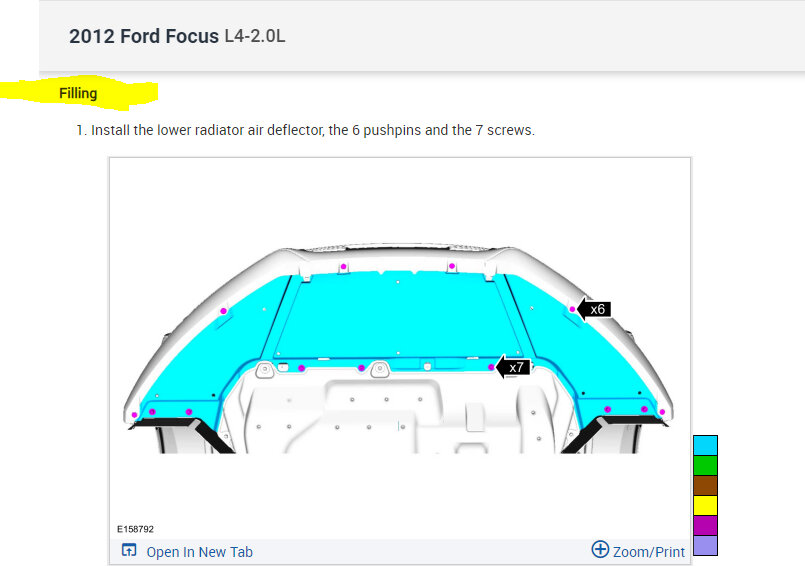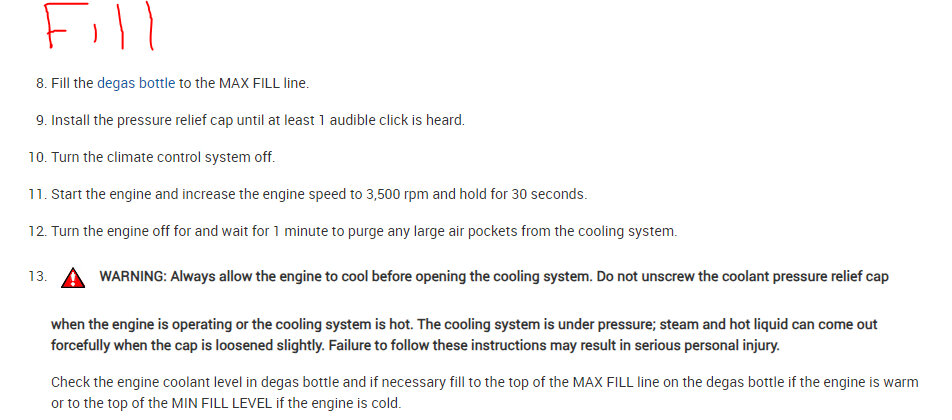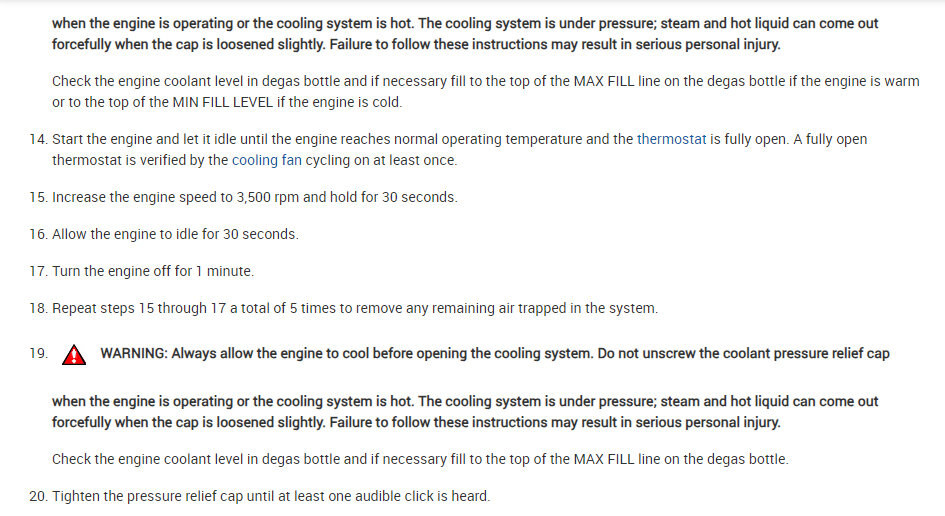The first time the engine was replaced, it was because the original one blew the head gasket - and it was replaced with a brand-new engine (not rebuilt or used). About a year later the car started overheating again. It never actually reached the point of the gauge hitting red (just close to) because both of us always have one eye on that gauge while driving - like most anyone who has ever had to go through such an experience before! It didn't occur every time the car was driven, only once in a while. He would keep a jug of water in the car at all times for such occasions- except it usually wasn't necessary 99% of the time (which is totally weird!) Let me explain. So, when the gauge would start to show it was getting hotter than usual (like obviously so, not just a slight rise but continuous rise) we would pull over immediately and shut the car off. Automatically the first thing to check is the water/coolant level, so of course we would -- most of the time there would be little to no water in the reservoir when first checked, so the logical thing is to add water. But when you turn the cap just a little bit, suddenly water would start to bubble up and start to fill the reservoir and we would retighten the cap without adding more water. When you start the car again, the temperature would return to normal and be fine for a rather extended period of time. It was very rare that water would actually have to be added when this would happen. And things went on like this for a few years -- then it started happening more often (both the situation and having to add water when it happened). Then the last time it was driven prior to having the next engine put in, I was driving it and it started to get hot, so I pulled over and it needed water, so I added some (a whole gallon). About a mile down the road, it started to get hot again, so I pulled over and saw no water again, so I added more. It seemed odd to me that it was taking a whole other gallon, so I got down and looked to make sure nothing was coming out anywhere under the car or anything, and it wasn't. Needless to say, the water had to be going somewhere and it wasn't anywhere visible.
So, it went back to the ford dealership and essentially had to have another motor put in. We got it back like maybe 4 months ago (if that) and about 3 weeks ago it started to overheat already! He says he just has to 'burp it' (loosen the reservoir cap then tighten it again) and it's back to normal. But this is happening like every other time it's driven and it's not even for a long distance!
My guess is it's got to be a vacuum issue or something of the like, perhaps? Something is preventing the water from circulating properly, obviously - and it's not the thermostat. I am kind of at a loss so any ideas or suggestions or even theories would be very helpful.
Thank you for your time.
SPONSORED LINKS
Sunday, June 16th, 2024 AT 1:15 PM
